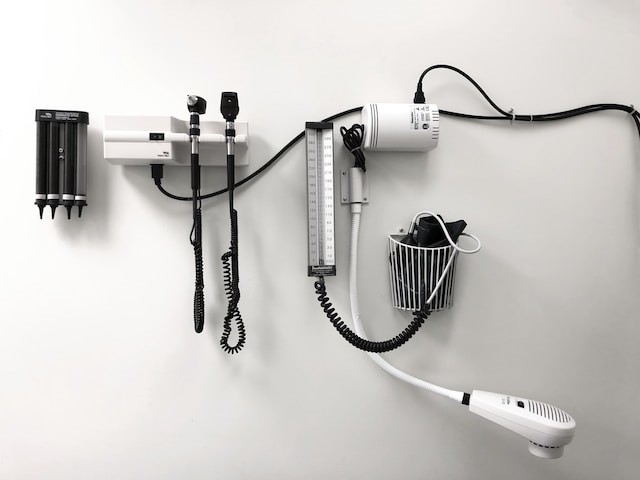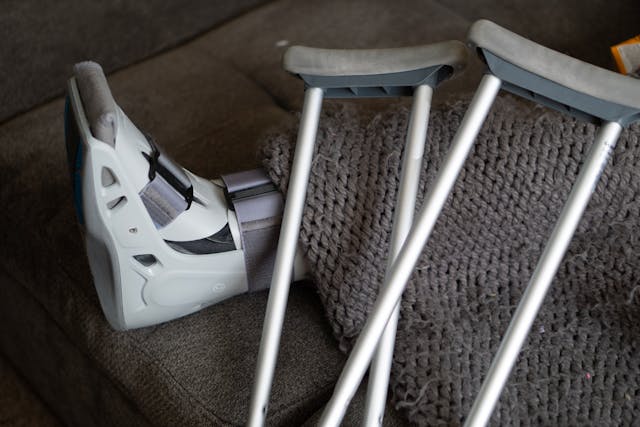When you are involved in an accident due to the negligent actions of another person, it can be incredibly overwhelming. However, you may be surprised to discover that you feel okay in the minutes and hours following the collision. Over the days and weeks that follow, you may unfortunately start to feel worse. If this is the case, you’ll find that you may have sustained internal injuries after the collision. It’s critical to understand the severity of these injuries. Additionally, you should familiarise yourself with the symptoms of internal injuries to ensure you can seek immediate medical treatment if you have been involved in a serious accident. The following blog explores the severity of these injuries and the importance of connecting with an experienced Orlando auto accident lawyer if you are injured due to the negligence of another party.
How Does a Car Accident Lead to Internal Injuries?
An internal injury can happen in a number of ways during a car accident. Generally, one of the most common causes is blunt force trauma. When your vehicle is struck by another car, it can throw your body around inside the vehicle. You may, unfortunately, collide with several stationary objects, like your steering wheel, center console, or dashboard. This collision, while not penetrating, can cause severe damage. Your blood vessels may become crushed, twisted, or torn as a result of the impact, or the force of impact can be so strong that it damages organs.
Another way in which you can ensure internal organ damage is through decelerating trauma. You may be surprised to learn that your body does not always move as one. Essentially, when you are involved in a car accident, your body may come to a sudden stop before some of your organs. For example, you’ll find that if you are violently rear-ended, your head may come to a stop before your brain does, causing your brain to collide with the inner walls of your skull, which can lead to a concussion. In other instances, you’ll find that this can cause organs to shear, or sustain lacerations and damage. Unfortunately, deceleration trauma can be incredibly dangerous, as you may not notice the impact of the trauma for days or weeks following the accident.
Common internal injuries include pneumothorax (collapsed lung), traumatic brain injuries, ruptured spleen, kidney damage, abdominal aorta ruptures, cardiac injuries, and pelvic damage, among other serious injuries.
What Are the Signs I Should Look For?
If you are involved in a car accident, it’s vital to familiarize yourself with the signs and symptoms of an internal injury. Unfortunately, because there are so many different kinds of injuries you can endure, there is a wide array of symptoms. As such, if you experience any of the following after a collision, you should seek immediate medical attention:
- Fainting
- Tenderness or swelling
- Lightheadedness or dizziness
- Headaches
- Blurry vision
- Limb weakness
- Bleeding (blood in stool, urine, or vomit)
- Chest pain, difficulty breathing, or shortness of breath
When you are involved in a collision, even if you feel okay, it’s in your best interest to seek immediate medical treatment. The emergency medical technicians on the scene can help assess you and look for early warning signs of internal injuries. Unfortunately, as mentioned, these injuries may not immediately present themselves due to their nature, so staying on top of symptoms is critical to ensure your health and wellness after an accident of this nature.



